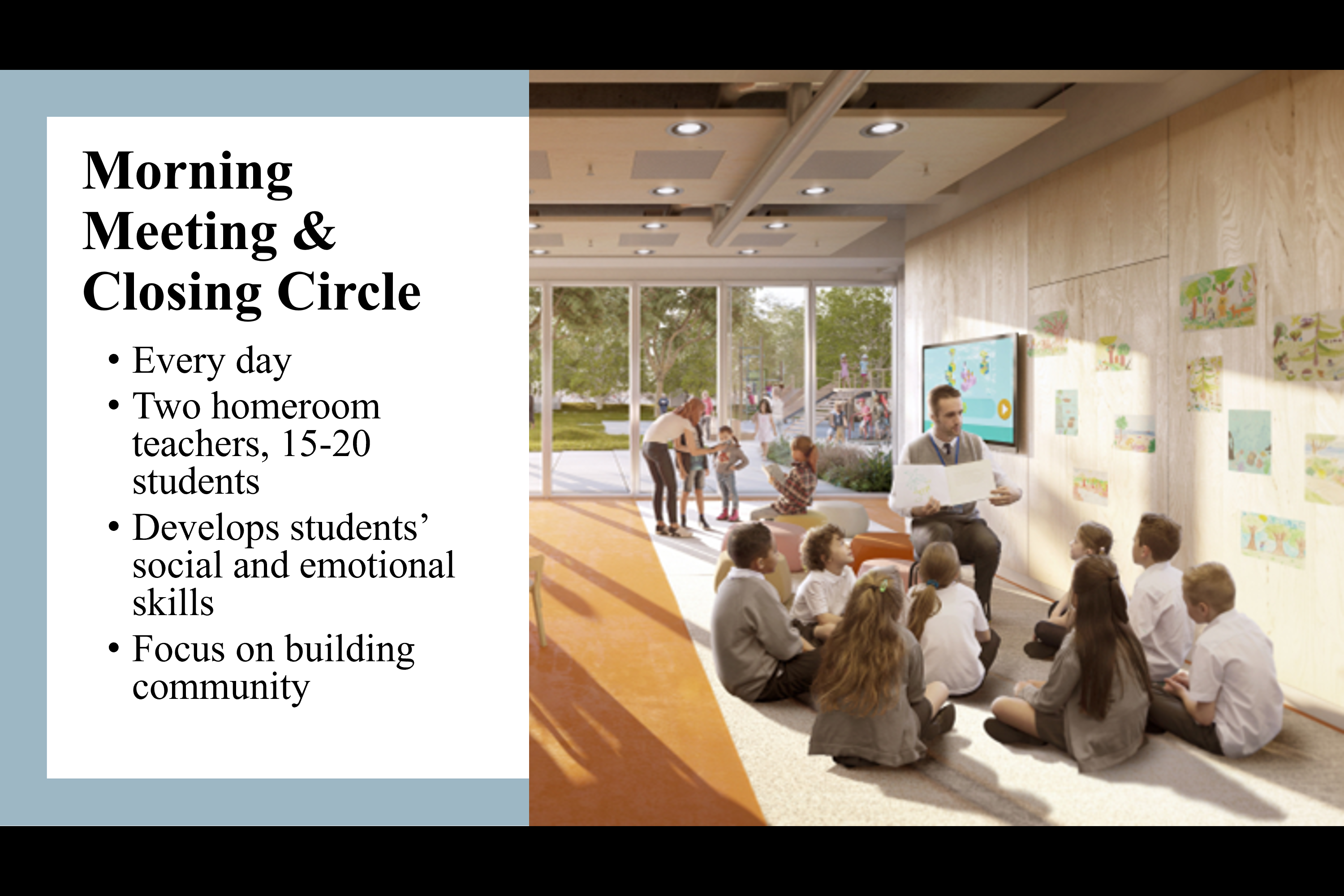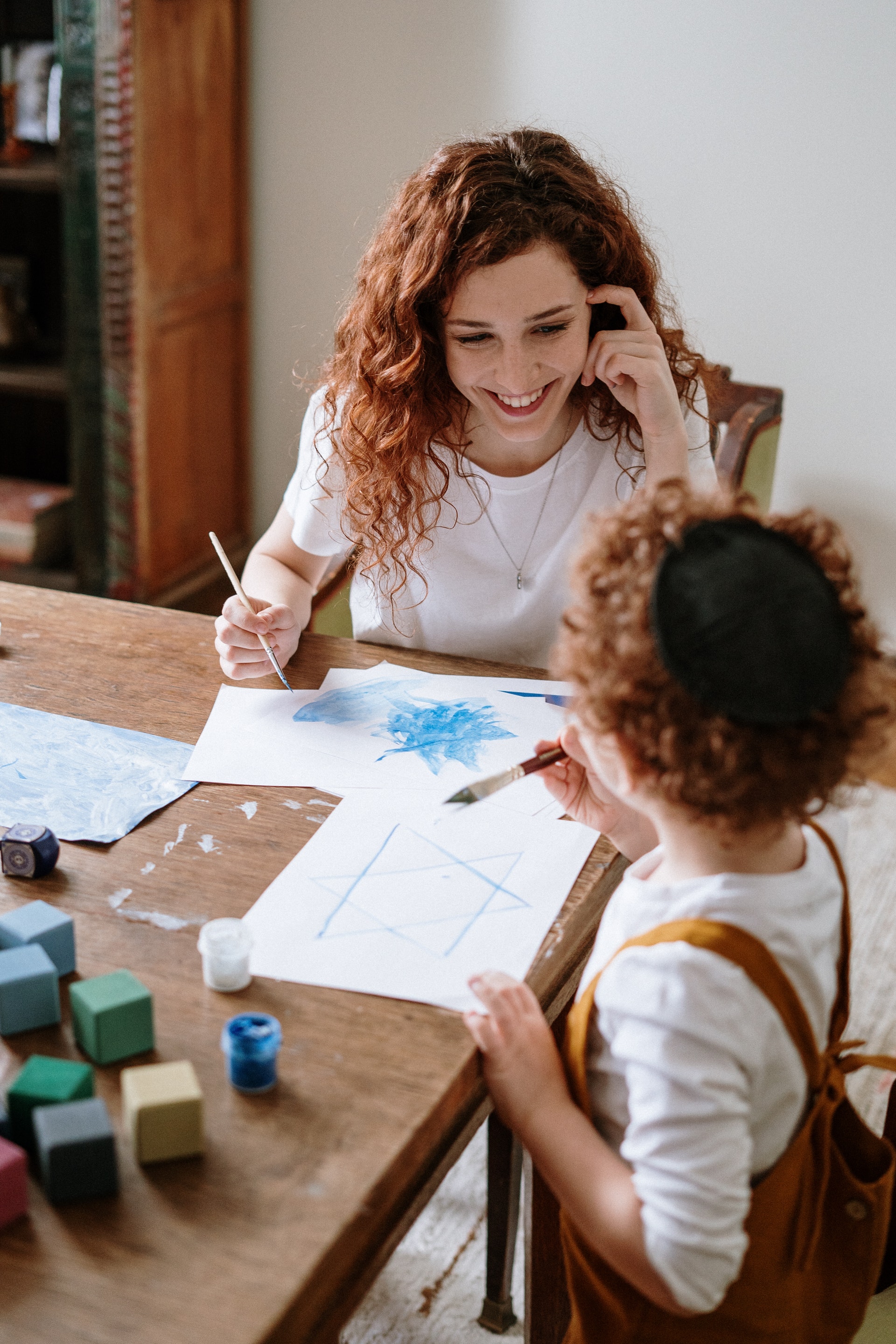You must be thinking, how will first grade be same or different from kindergarten.
Unlike kindergarten, which offers child-centered, play-based learning, first grade has a more ritualized and structured learning environment. So how do teachers introduce the students to such a new experience? Well, that depends on the values and expectations of the school your child attends. I’m a first grade homeroom and project-based learning teacher at Whittle School & Studios, first global school. We use the Responsive Classroom approach, which is based on the idea that student’s social emotional growth is just as important as their academic growth.
When I first started teaching grade 1, I realized that the first six weeks of school were the most important weeks for me and my students. This span of time was dedicated to creating a positive climate and culture for our class, establishing routines and procedures, as well as expectations for academic work. So how did we do all that in the most effective way, while providing a positive environment in which students feel a sense of belonging, trust others, and feel encouraged to tackle challenges, take risks, and ask questions?

We use morning meetings and closing circles to develop kids’ social and emotional skills to prepare them for learning. For us, morning meetings are a school wide practice that originated from the responsive classroom model. We use our first 30 minutes of the day to check in with our students, develop their social-emotional skills, and prepare them for the learning ahead.
In the first week of school, during our morning meetings, we involve our students in developing and discussing norms and expectations; positive statements about what we can do in order to learn and collaborate effectively. This allows them to contribute and gives ownership of the class.
What can parents do?
I have adapted the Responsive Classroom model of a morning meeting to fit my classroom needs, using it to create a classroom culture where my students feel safe, supported, and ready to learn. You can do the same for your home. Try it on the weekends, and then transition to having it every day during the summer holidays. You can even do it in your backyard.

Morning meetings have four key components:
● Greeting: you and your child can greet and welcome each other (helps develop social skills.)
● Sharing: your child can share something about themselves or their school, and you listen, then ask follow-up questions or offer comments (helps develop social and emotional skills.)
● Activity: you can do an activity that encourages teamwork while re-emphasizing social or academic skills. At our school, we focus on mind and body fitness during this time, so the activities are designed in a way where students’ physical needs are met.
This is the perfect time for you to do a dance together. You can even play a dance video on YouTube and follow the steps together. During our morning meetings, kids love this part.
● Morning message: your child can read a short message from you, usually describing what is to come in the day ahead, e.g. “It’s going to be a great day” (helps develop emotional skills.)
“But you don’t know my child, she never listens.”

When I was in school, and I’m sure many of you can relate to this, we were told what NOT to do. Don’t run, don’t fight, don’t put your fingers in your nose. And we all know that it doesn’t work, children continue to run, fight, and put their fingers in their nose. Apart from norms and expectations, we also have routines and procedures. As I mentioned before, in first grade we have a more structured learning environment, so we have to prepare our new students for that. How do we do that? We use the interactive modeling technique.
We use this technique because it shows students exactly how to do what we expect. It has built in steps to help students notice for themselves the details of how a behavior looks and sounds. It also includes steps for practice and feedback. The combination of noticing and practicing enables students to engage more deeply with their learning and remember more.
How can parents use this technique?
It’s a straightforward, quickly paced, seven-step process that’s effective for teaching children any academic or social skill, routine, or procedure that you want them to do in a specific way (whether for safety, efficiency, or other reasons). Try it out:

Steps to interactive modeling:
1. Say what you will model and why
2. Model the behavior
3. Ask you child what they noticed
4. Invite one or more family members to model
5. Again, ask your child what they noticed
6. Have everyone practice
7. Provide feedback
And here’s the most important thing — Practice. Practice. Practice.It’s going to feel repetitive and unnecessary, but trust me, it will help you create magic.
Here’s a quick closing thought:
If you are hoping to start using morning meetings at home, you will need to spend some time setting expectations. You will have to do a lot of modeling at the beginning. Everything from how to greet each other, how to ask questions and how to respond to questions. Sometimes you feel like you are being a stickler on the little things, but in the long run, it really works. And taking the time to teach your child those social-emotional skills ultimately means that the teachers of your child will have more time to teach as the school year moves forward. It’s a pleasure for me to share these strategies with you, so you can help your child transition from kindergarten to first grade in the most effective way.
Note: if you have any questions, please feel free to write in the comment section.


